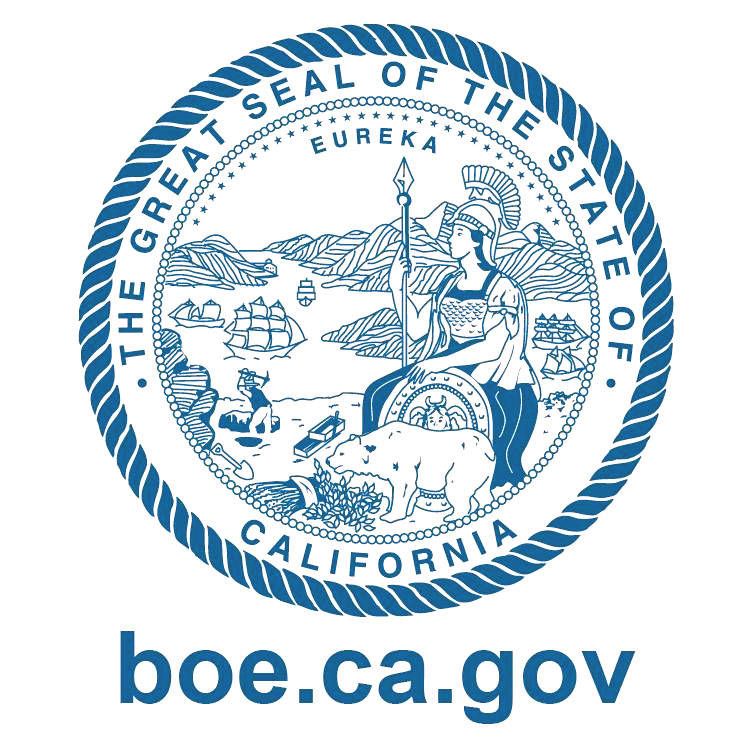
California State Capitol (Photo: Kevin Sanders for California Globe).
The Role of the Cal-OSHA Standards Board
Allows any employer to apply to the Board for a permanent variance from an OSHA standard
By Chris Micheli, May 4, 2023 6:36 am
California Labor Code Division 1, Chapter 6 establishes the Occupational Safety and Health Standards Board (Cal-OSHA Standards Board). Labor Code Section 140 establishes the Occupational Safety and Health Standards Board within the Department of Industrial Relations (DIR). The Board consists of 7 members appointed by the Governor.
Section 141 specifies that the terms of office of the members of the Board are four years and each member receives $100 for each day of his or her actual attendance at meetings of the Board, and other official business of the Board, and his or her actual and necessary traveling expenses incurred in the performance of his or her duty as a member.
Section 142 requires DOSH to enforce all occupational safety and health standards adopted pursuant to this chapter, as well as those adopted by the Industrial Accident Commission or the Industrial Safety Board. General safety orders. Section 142.1 requires the Board to meet at least monthly, and are rotated throughout the state at locations designated by the chair.
Section 142.2 requires, at each of its meetings, the Board to make time available to interested persons to propose new or revised orders or standards appropriate for adoption pursuant to this chapter or other items concerning occupational safety and health. The Board must consider these proposed orders or standards and report its decision no later than six months following receipt of the proposals.
Section 142.3 authorizes the Board, by an affirmative vote of at least four members, to adopt, amend or repeal occupational safety and health standards and orders. The Board is the only agency in the state authorized to adopt occupational safety and health standards. The Board is required to adopt standards at least as effective as the federal standards for all issues for which federal standards have been promulgated within six months of the promulgation date of the federal standards.
In addition, any occupational safety or health standard or order promulgated under this section must prescribe the use of labels or other appropriate forms of warning as are necessary to ensure that employees are apprised of all hazards to which they are exposed, relevant symptoms and appropriate emergency treatment, and proper conditions and precautions for safe use or exposure.
Section 142.4 requires occupational safety and health standards and orders to be adopted pursuant to the Administrative Procedure Act, with specified exceptions. Section 142.7 required the Board to adopt an occupational safety and health standard concerning hazardous substance removal work, so as to protect most effectively the health and safety of employees.
Section 143 allows any employer to apply to the Board for a permanent variance from an occupational safety and health standard, order, special order, or portion thereof, upon a showing of an alternate program, method, practice, means, device, or process which will provide equal or superior safety for employees.
The Board is required to issue variances if its determined that the proponent of the variance has demonstrated by a preponderance of the evidence that the conditions, practices, means, methods, operations, or processes used or proposed to be used by an employer will provide employment and places of employment to his employees which are as safe and healthful as those which would prevail if he complied with the standard.
Section 143.1 requires the Board to conduct hearings on requests for a permanent variance after employees or employee representatives are properly notified and given an opportunity to appear.
Section 143.2 allows the Board, acting as a whole, to adopt, amend, or repeal rules of practice and procedure pertaining to hearings on applications for permanent variances, variance appeals, and other matters within its jurisdiction.
Section 144 provides that the authority of any agency, department, division, bureau or any other political subdivision other than DOSH to assist in the administration or enforcement of any occupational safety or health standard, order, or rule adopted pursuant to this chapter must be contained in a written agreement with the DIR or an agency authorized by the DIR to enter into the agreement.
Section 144.5 provides that DOSH, in connection with the enforcement of occupational safety and health standards adopted pursuant to this chapter is to do specified activities. Also, when requested by a local health department, DOSH must enter into a written agreement with the local health department to conduct inspections and evaluations of occupational health problems, including environmental and sanitary conditions, in places of employment.
Section 144.6 provides that, in promulgating standards dealing with toxic materials or harmful physical agents, the Board is required to adopt that standard which most adequately assures, to the extent feasible, that no employee will suffer material impairment of health or functional capacity even if such employee has regular exposure to a hazard regulated by such standard for the period of his working life.
Section 144.7 required the Board to adopt an emergency regulation revising the bloodborne pathogen standard. Section 144.8 provides definitions of “antineoplastic drug” and “NIOSH.” The Board was required to adopt an occupational safety and health standard for the handling of antineoplastic drugs in health care facilities regardless of the setting.
Section 145 allows the Board to employ necessary assistants, officers, experts, and such other employees as it deems necessary, which are civil servants and under the supervision of the Board Chair or executive officer. Section 145.1 requires the Board and its duly authorized representatives in the performance of its duties to have the powers of a head of a department.
Section 146 provides that, in the conduct of hearings related to permanent variances, the Board and its representatives are not bound by common law or statutory rules of evidence or by technical or formal rules of procedure but must conduct the hearings in accordance with existing law. Section 147 requires the Board to refer to DOSH for evaluation any proposed occupational safety or health standard or variance from adopted standards received by the Board from sources other than the DIR.
Section 147.1 requires DOSH, in connection with the development and promulgation of occupational health standards, to perform specified functions. Labor Code Section 147.2 defines the term “Hazard Evaluation System and Information Service” or “HESIS.”
Section 147.3 provides that, when DOSH receives a report from the State Department of Public Health, the report constitutes a complaint from a government agency representative charging a serious violation and subject the employer or place of employment to the requirements to initiate an investigation within three working days.
Section 147.4 required the DIR to convene an advisory committee to evaluate whether changes are needed to align the general industry safety orders with the applicable and most recently promulgated standards of the National Fire Protection Association. Section 147.5 requires DOSH to convene an advisory committee to evaluate whether there is a need to develop industry-specific regulations related to the activities of facilities issued a license.
- Minors Enlisting in the Armed Forces - July 28, 2025
- Remote Marriage Licenses in California - July 27, 2025
- Legislative Policy on Bay Area Pilotage - July 26, 2025







